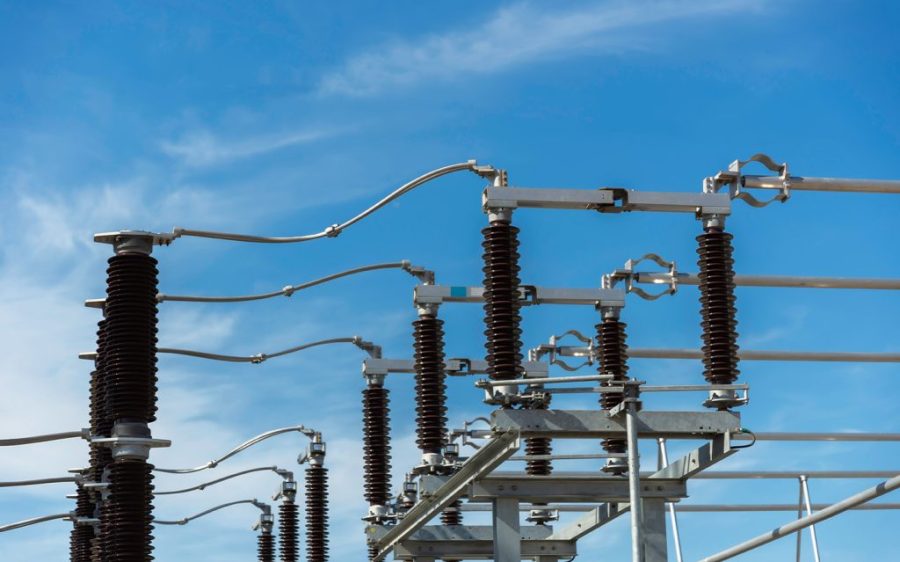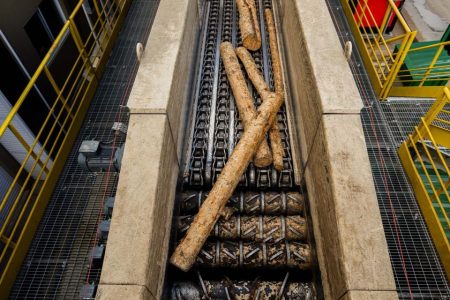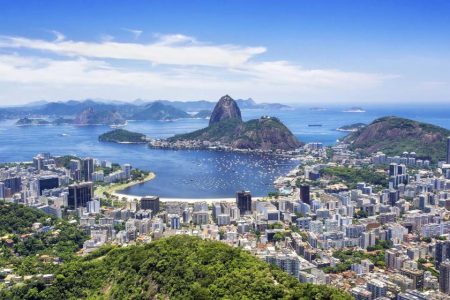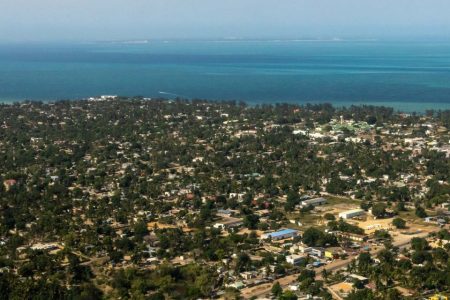More than half of the population of Guinea-Bissau now has access to electricity, many people for the first time, following the inauguration of a new substation.
President Umaro Sissoco Embaló made the announcement Friday alongside his Gambian counterpart, Adama Barrow, and Senegalese Minister of Hydraulics and Sanitation Cheik Tidiane Dieye, according to a report by the Portuguese news agency Lusa.
All three countries, along with neighbouring Guinea, are part of the Organization for the Development of the Gambia River Basin energy project (known by its French initials OMVG), connecting hydropower dams in Senegal and Guinea to a regional network.
“With the inauguration of this substation, we will now be able to provide electricity to more than 50 percent of Guinea-Bissau’s population,” Embaló told the press. Only a tiny minority of Guinea-Bissau’s 2.1 million people have had access to public electricity and some regions have never received electricity at all.
Interconnection lines spanning 1,677 kilometres will now link the Sambangalou (Senegal) and Kaleta (Guinea) dams to all four countries. Estimated at US$722 million, the 225 kV double circuit high voltage transmission line loop cost more than the Chinese-built Kaleta Hydropower Dam, finished a decade ago for an estimated US$526 million.
[See more: Mozambique plans new solar energy plant as part of its ‘true solar revolution’]
Built by China Three Gorges Corporation, the 240-MW Kaleta Hydropower Dam in Kindia has been operational since 2015, generating 965 GWh annually.
Then the largest hydroelectric dam in the country, completion of Kaleta nearly tripled electricity production in Guinea. The increase in reliable, sustainable clean energy was seen as a “stepping stone towards poverty eradication and sustainable development in the region.” Under the OMVG, 70 percent of output stays in Guinea, while the remaining 30 percent is intended to go to Gambia, Senegal and Guinea-Bissau.
The Sambangalou Hydropower Dam is meanwhile still under construction, with an OMVG meeting in March setting out clear guidelines for the rapid resumption of work on the dam.
Located on the Gambia River in the Kédougou region of southeastern Senegal, work on the dam began in January 2023 with a planned completion date in late December 2025. Financial and technical issues, including successive landslides, slowed operations before a complete work stoppage in January 2024, pushing the likely completion date in 2026 at the earliest.
Once operational, it will have an installed capacity of 128 MW, producing 394.3 GWh of clean renewable energy annually, with 48 percent going to Senegal and the remaining 52 percent split between the other three OMVG nations. The dam will also provide irrigation for 90,000 hectares of agricultural land (split between Senegal and Gambia), as well as safe drinking water for surrounding communities and the desalination of the Gambia River.






